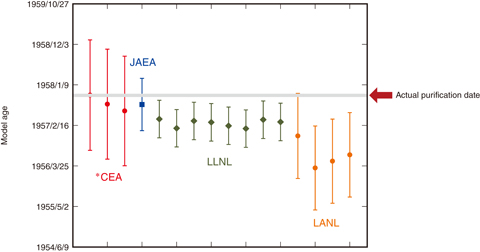
Fig.11-2 The result of uranium-age dating using uranium standard material (U-050)
In order to prevent terrorist attacks using radioactive and nuclear (RN) materials, the International Atomic Energy Agency (IAEA) has positioned nuclear forensics as an important foundation of nuclear security that should be provided by each state. Nuclear forensics is technical measurement for analyzing and assaying the origin, history, route of transportation, and objective of RN materials seized by law-enforcement authorities.
Uranium-age dating in nuclear forensics is a technical measure for estimating the production date of nuclear materials, which is considered to be an effective way to determine their origin. The principle of uranium-age dating can be described as follows: in uranium (U)-production processes, other elements are eliminated, and the produced uranium material does not contain its daughter nuclide of thorium (Th). As time progresses, Th is produced again at a constant rate in purified U materials. Consequently, we can estimate the production date to measure the ratio of U and Th in materials.
We collaborated with the Lawrence Livermore National Laboratory (LLNL) and the Los Alamos National Laboratory (LANL) to conduct information exchange and round-robin analysis (comparing the analytical results obtained using the same material with some analyzers) on uranium-age dating. We adopted the isotope-dilution mass spectrometry method to measure 234U and 230Th in the uranium material. In this method, in order to measure the small amount of 230Th to high accuracy, we need to effectively eliminate the measured component of U. For this purpose, we prepared a homemade narrow separation column and successfully controlled this column’s flow rate. Using this column, we achieved a high elimination factor (10−8 = U in the Th fraction / primary U). Furthermore, because of the small column volume of 0.3 mℓ, we could reduce the volume of sample solution and the procedure time of separation and heating. The result of the round-robin analysis using the uranium standard U-050 agreed well between each laboratory (Fig.11-2). We could confirm that our analytical technique was comparable with that of top-level laboratories and applicable to practice for nuclear-forensics events.
<Previous: 11 Development of Science & Technology for Nuclear Nonproliferation | Next: Promotion of Collaboration>